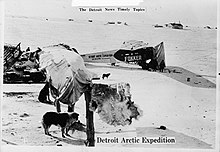
The North Pole, also known as the Geographic North Pole, Terrestrial North Pole or 90th Parallel North, is the point in the Northern Hemisphere where the Earth's axis of rotation meets its surface. It is called the True North Pole to distinguish from the Magnetic North Pole.
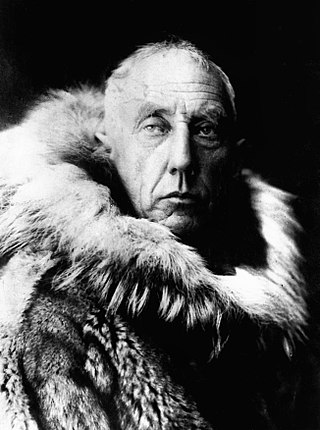
Roald Engelbregt Gravning Amundsen was a Norwegian explorer of polar regions. He was a key figure of the period known as the Heroic Age of Antarctic Exploration.
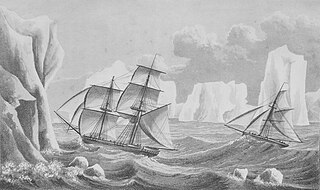
The history of Antarctica emerges from early Western theories of a vast continent, known as Terra Australis, believed to exist in the far south of the globe. The term Antarctic, referring to the opposite of the Arctic Circle, was coined by Marinus of Tyre in the 2nd century AD.
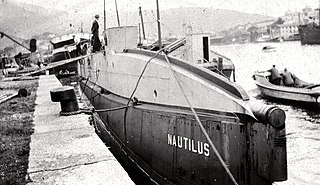
USS O-12 (SS-73) was an O-class submarine of the United States Navy. These later O-boats, O-11 through O-16, were designed by Lake Torpedo Boat to different specifications than the earlier Electric Boat designs. They performed poorly as compared to the Electric Boat units, and are sometimes considered a separate class. The ship was launched in 1917 and entered service with the Navy in 1918 in the Panama Canal Zone.

USS Skate (SSN-578) was the third submarine of the United States Navy named for the skate, a type of ray, was the lead ship of the Skate class of nuclear submarines. She was the third nuclear submarine commissioned, the first to make a completely submerged trans-Atlantic crossing, the second submarine to reach the North Pole, and the first to surface there.

Voyage to the Bottom of the Sea is a 1961 American science fiction disaster film, produced and directed by Irwin Allen, and starring Walter Pidgeon and Robert Sterling. The supporting cast includes Peter Lorre, Joan Fontaine, Barbara Eden, Michael Ansara, and Frankie Avalon. The film's storyline was written by Irwin Allen and Charles Bennett. The opening title credits theme song was sung by Avalon. The film was distributed by 20th Century Fox.
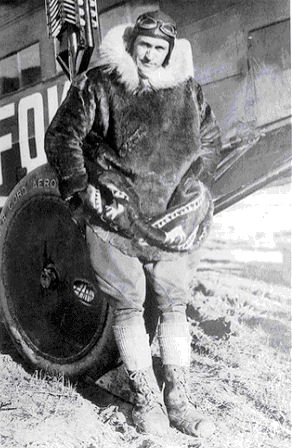
Carl Benjamin "Ben" Eielson was an American aviator, bush pilot and explorer. Eielson Air Force Base in Alaska, Carl Ben Eielson Middle School Fargo, ND and Carl Ben Eielson Elementary School Grand Forks, ND as well as Ben Eielson Junior-Senior High School Eielson AFB, AK are named in his honor.
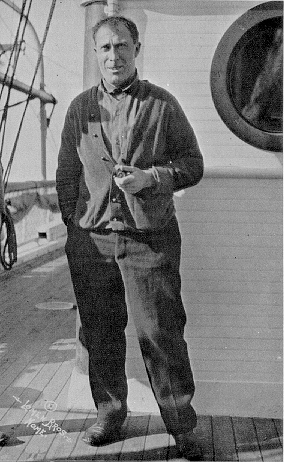
Robert Abram Bartlett was a Newfoundland-born American Arctic explorer of the late 19th and early 20th centuries.

Waldo Kampmeier Lyon was the founder and chief research scientist for the U.S. Navy of the Arctic Submarine Laboratory at the Naval Electronics Laboratory.

Vice Admiral Allan Rockwell McCann, was a United States Navy officer who served in World War I and World War II. His US Navy Serial number was 10829.
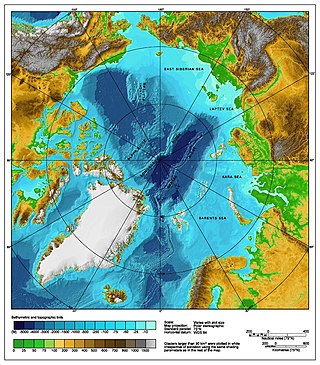
Arktika 2007 was a 2007 expedition in which Russia performed the first ever crewed descent to the ocean bottom at the North Pole, as part of research related to the 2001 Russian territorial claim, one of many territorial claims in the Arctic, made possible, in part, because of Arctic shrinkage. As well as dropping a titanium tube containing the Russian flag, the submersibles collected specimens of Arctic flora and fauna and apparently recorded video of the dives. The "North Pole-35" manned drifting ice station was established.

Isaac "Ike" Schlossbach was an American polar explorer, submariner and aviation pioneer.

Farthest North describes the most northerly latitude reached by explorers, before the first successful expedition to the North Pole rendered the expression obsolete. The Arctic polar regions are much more accessible than those of the Antarctic, as continental land masses extend to high latitudes and sea voyages to the regions are relatively short.

James Francis Calvert served in the United States Navy, where he commanded USS Skate, the third nuclear submarine commissioned and the second submarine to reach the North Pole, which became the first to surface at the pole. Skate surfaced at the North Pole on 17 March 1959 to commit the ashes of the famed explorer Sir Hubert Wilkins to the Arctic waste. He later served as the 46th superintendent of the United States Naval Academy.
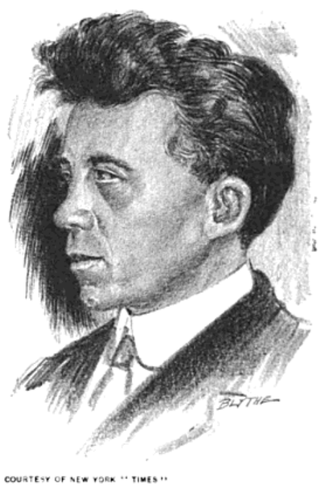
The Canadian Arctic Expedition 1913–1916 was a scientific expedition in the Arctic Circle organized and led by Vilhjalmur Stefansson. The expedition was originally to be sponsored by the (US) National Geographic Society and the American Museum of Natural History. Canada took over the sponsorship because of the potential for discovery of new land and Stefansson, who though born in Canada was now an American, re-established his Canadian citizenship. The expedition was divided into a Northern Party led by Stefansson, and a Southern Party led by R M. Anderson.

Arctic exploration is the physical exploration of the Arctic region of the Earth. It refers to the historical period during which mankind has explored the region north of the Arctic Circle. Historical records suggest that humankind have explored the northern extremes since 325 BC, when the ancient Greek sailor Pytheas reached a frozen sea while attempting to find a source of the metal tin. Dangerous oceans and poor weather conditions often fetter explorers attempting to reach polar regions, and journeying through these perils by sight, boat, and foot has proven difficult.
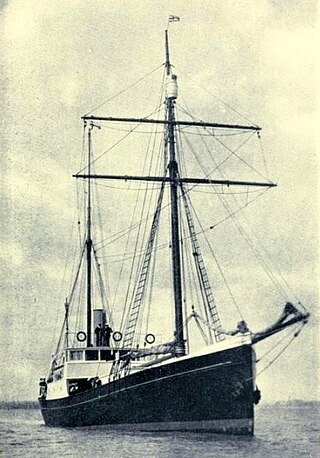
Quest was a low-powered, schooner-rigged steamship that sailed from 1917 until sinking in 1962, best known as the polar exploration vessel of the Shackleton–Rowett Expedition of 1921–1922. It was aboard this vessel that Sir Ernest Shackleton died on 5 January 1922 while in harbour in South Georgia. Prior to and after the Shackleton–Rowett Expedition, Quest operated in commercial service as a seal-hunting vessel or "sealer". Quest was also the primary expedition vessel of the British Arctic Air Route Expedition to the east coast of the island of Greenland in 1930–1931.
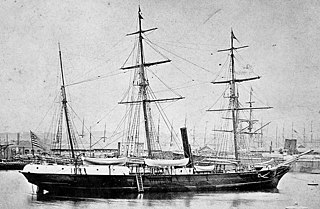
The Jeannetteexpedition of 1879–1881, officially called the U.S. Arctic Expedition, was an attempt led by George W. De Long to reach the North Pole by pioneering a route from the Pacific Ocean through the Bering Strait. The premise was that a temperate current, the Kuro Siwo, flowed northwards into the strait, providing a gateway to the hypothesized Open Polar Sea and thus to the pole.


